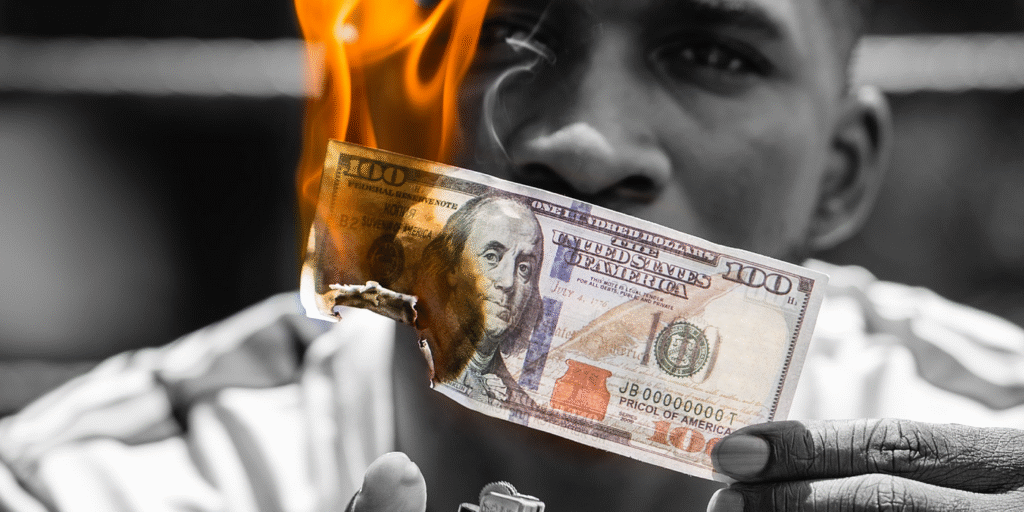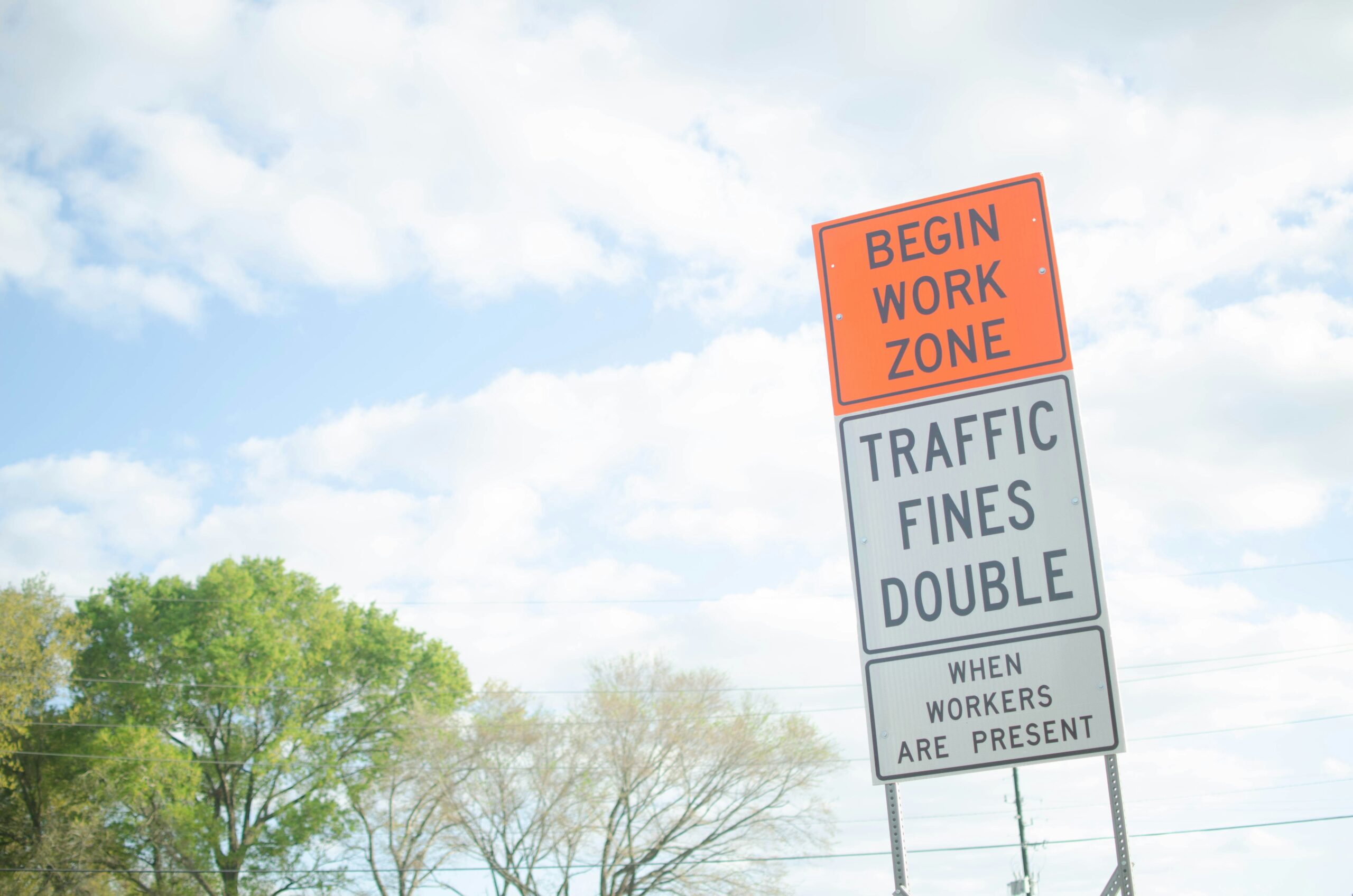Introduction
If you’re new to paid traffic, the risk of burning your budget with little or no return is real. From choosing the right platform to creating effective campaigns, this guide will help you get started without wasting money.
1. Understand What Paid Traffic Really Is
Paid traffic refers to visitors that come to your site through paid advertisements. These can come from platforms like Google Ads, Facebook Ads, Instagram, YouTube, TikTok, and others. The goal is to invest in visibility and turn that traffic into leads or sales.
2. Choose the Right Platform for Your Business
Not all platforms are equal. Here’s a basic breakdown:
- Google Ads: Great for search intent and people actively looking for something.
- Facebook & Instagram Ads: Better for visual content, storytelling, and targeting specific interests.
- YouTube Ads: Excellent for long-form product explanation and brand visibility.
- TikTok Ads: High-performing for viral-style video ads, especially in younger demographics.
Start with one platform that fits your audience best. Master it before moving to others.
3. Set a Clear Objective
Before you spend anything, ask: What do I want from this ad?
- Website traffic?
- Lead generation?
- Direct sales?
- Brand awareness?
Choosing the right objective determines everything: how your ads are optimized, who sees them, and how results are measured.
4. Define a Small Starting Budget
Never launch a new campaign with a large budget. Start small and scale based on data. A good starting point:
- $5–$15/day on Meta Ads or TikTok
- $10–$25/day on Google Ads
This minimizes risk and gives you space to test and learn.
5. Create Simple, Targeted Campaigns
Don’t overcomplicate your first campaign. Start with:
- One audience
- One offer
- One message
- One call to action
This approach lets you isolate what works and what doesn’t, without guessing.
6. Monitor Performance Daily
Watch your metrics like:
- CTR (Click-through rate)
- CPC (Cost per click)
- CPM (Cost per thousand impressions)
- Conversion rate
Adjust creatives, audiences, or bidding strategies if results are poor — but avoid changing too many things at once.
7. Optimize Based on Real Data
Let your ads run at least 3–5 days before making major decisions. This is known as the “learning phase.” After that, optimize based on:
- Which ad gets the most conversions?
- What age group or device performs better?
- Which placement is working?
Cut what’s not converting and reallocate budget to what works.
8. Avoid Common Beginner Mistakes
Here are some mistakes that burn budgets fast:
- Targeting too broadly
- Not using the Facebook Pixel or Google conversion tracking
- Not split testing creatives
- Using low-quality landing pages
Every click costs money, so make sure they land somewhere optimized for conversion.
9. Keep Learning and Stay Updated
Platforms evolve constantly. What works today may not work tomorrow. Follow these tips:
- Read Meta and Google Ads blogs
- Join communities like r/PPC, ad leaks, or digital marketing Discords
- Take low-cost online courses to deepen your knowledge
10. Think Long-Term
Paid traffic is not a one-time trick — it’s a long-term growth strategy. The more data you gather, the more powerful your ads become. Consistency and learning are key to mastering paid media.



